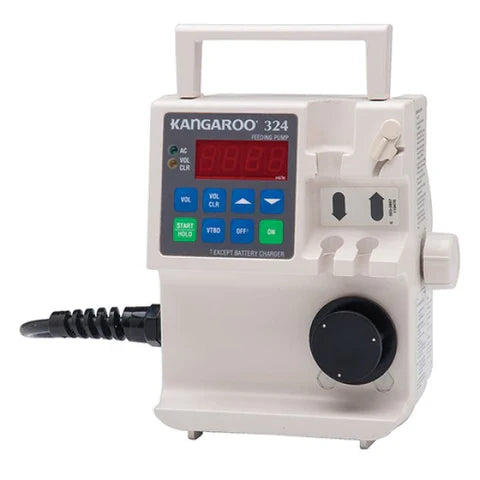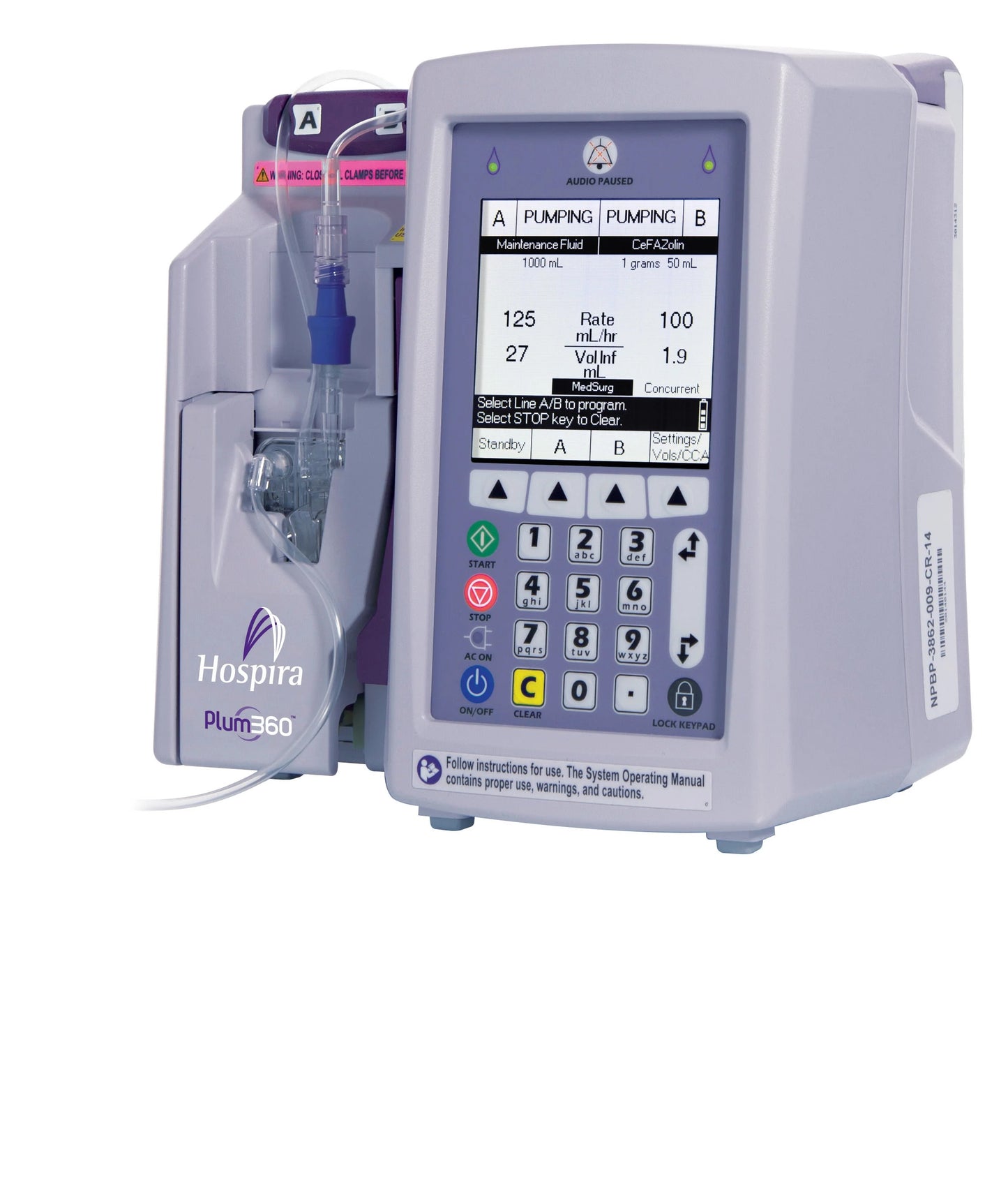
Volumetric infusion pumps are essential tools in modern healthcare, ensuring the precise and controlled delivery of fluids, medications, and nutrients to patients. Whether you are a healthcare professional or a caregiver at home, understanding how to correctly set up a volumetric infusion pump is critical for patient safety and effective treatment. This guide will walk you through the necessary steps to set up and operate a volumetric infusion pump properly.
What is a Volumetric Infusion Pump?
A volumetric infusion pump is a medical device that delivers fluids, such as medications or nutrients, directly into a patient’s bloodstream. Unlike gravity-fed systems, these pumps use an electric mechanism to control the rate of infusion, providing greater accuracy and consistency in the delivery process. They are widely used in hospitals, outpatient care, and home healthcare settings.
Components of a Volumetric Infusion Pump
Before setting up the pump, familiarize yourself with its components:
- Pump Unit: The main body of the device that houses the control mechanisms and display.
- IV Set: Tubing that connects the fluid container to the pump and from the pump to the patient.
- Fluid Container: The bag or bottle containing the solution to be infused.
- Control Panel: Interface for setting the infusion parameters such as rate and volume.
- Alarm System: Alerts the user to issues like air in the line or occlusion.
Step-by-Step Setup Guide
1. Preparation
- Check the Order: Confirm the doctor’s prescription, including the type of fluid, concentration, infusion rate, and total volume to be delivered.
- Gather Supplies: Collect all necessary equipment: the infusion pump, IV set, fluid container, alcohol wipes, and gloves.
- Inspect Equipment: Check the infusion pump and IV set for any signs of damage. Ensure the fluid container is free from leaks or cloudiness.
- Wash Hands: Practice hand hygiene by washing your hands thoroughly or using hand sanitizer.
2. Setting Up the IV Set
- Spike the Fluid Container: Open the fluid container and attach the spike of the IV set into it, ensuring a secure connection. This typically involves inserting the spike into the port on the fluid bag or bottle.
- Prime the Line: Fill the tubing with fluid by opening the roller clamp and allowing the fluid to flow through until it reaches the end, removing any air bubbles. This step is crucial to prevent air embolism.
3. Loading the IV Set into the Pump
- Open the Pump Door: Most volumetric pumps have a door or compartment where the tubing is loaded.
- Thread the Tubing: Follow the manufacturer’s instructions to thread the IV set through the pump’s mechanism. Ensure the tubing is placed correctly within the designated tracks or grooves.
- Close the Door: Secure the door to ensure the tubing stays in place and the pump can properly regulate the flow.
4. Programming the Pump
- Turn On the Pump: Press the power button to activate the device.
- Set Infusion Parameters: Using the control panel, input the required infusion rate (usually in mL/hour) and the total volume to be infused. Double-check these settings against the prescription.
- Prime and Start the Infusion: Some pumps have a priming feature to expel any remaining air. Once primed, start the infusion process.
5. Monitoring the Infusion
- Check for Alarms: The pump may alert you to various issues, such as occlusion, air in the line, or completed infusion. Familiarize yourself with the alarm indicators and their meanings.
- Observe the Patient: Regularly monitor the patient for any signs of discomfort, adverse reactions, or changes in their condition.
- Document: Record the start time, infusion rate, total volume, and any observations as part of the patient’s medical records.
6. Completing the Infusion
- End the Infusion: Once the infusion is complete, stop the pump and disconnect the tubing from the patient according to protocol.
- Dispose of Used Materials: Properly dispose of the IV set and any remaining fluid according to medical waste guidelines.
- Clean the Pump: Wipe down the pump with disinfectant wipes to maintain hygiene and prevent cross-contamination.
7. Troubleshooting Common Issues
- Air in Line: Re-prime the line to remove air bubbles and ensure the tubing is correctly positioned.
- Occlusion: Check for kinks in the tubing and ensure the fluid container is adequately elevated if gravity-fed. Verify that the pump door is closed securely.
- Low Battery: Connect the pump to a power source or replace the batteries if the pump operates on battery power.
- Pump Error: Refer to the user manual for error codes and resolutions, or contact technical support if needed.
Safety Tips and Best Practices
- Double-Check Settings: Always verify infusion parameters before starting the pump to prevent incorrect dosing.
- Use Manufacturer’s Tubing: Only use IV sets compatible with the pump model to ensure proper function and safety.
- Regular Maintenance: Follow the manufacturer’s guidelines for regular maintenance and calibration to keep the pump in optimal working condition.
- Stay Updated: Keep abreast of the latest training and best practices for using infusion pumps, as technology and protocols evolve.



